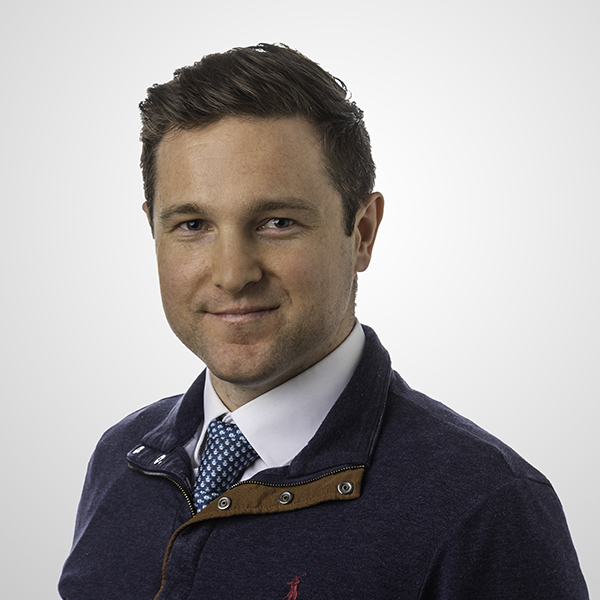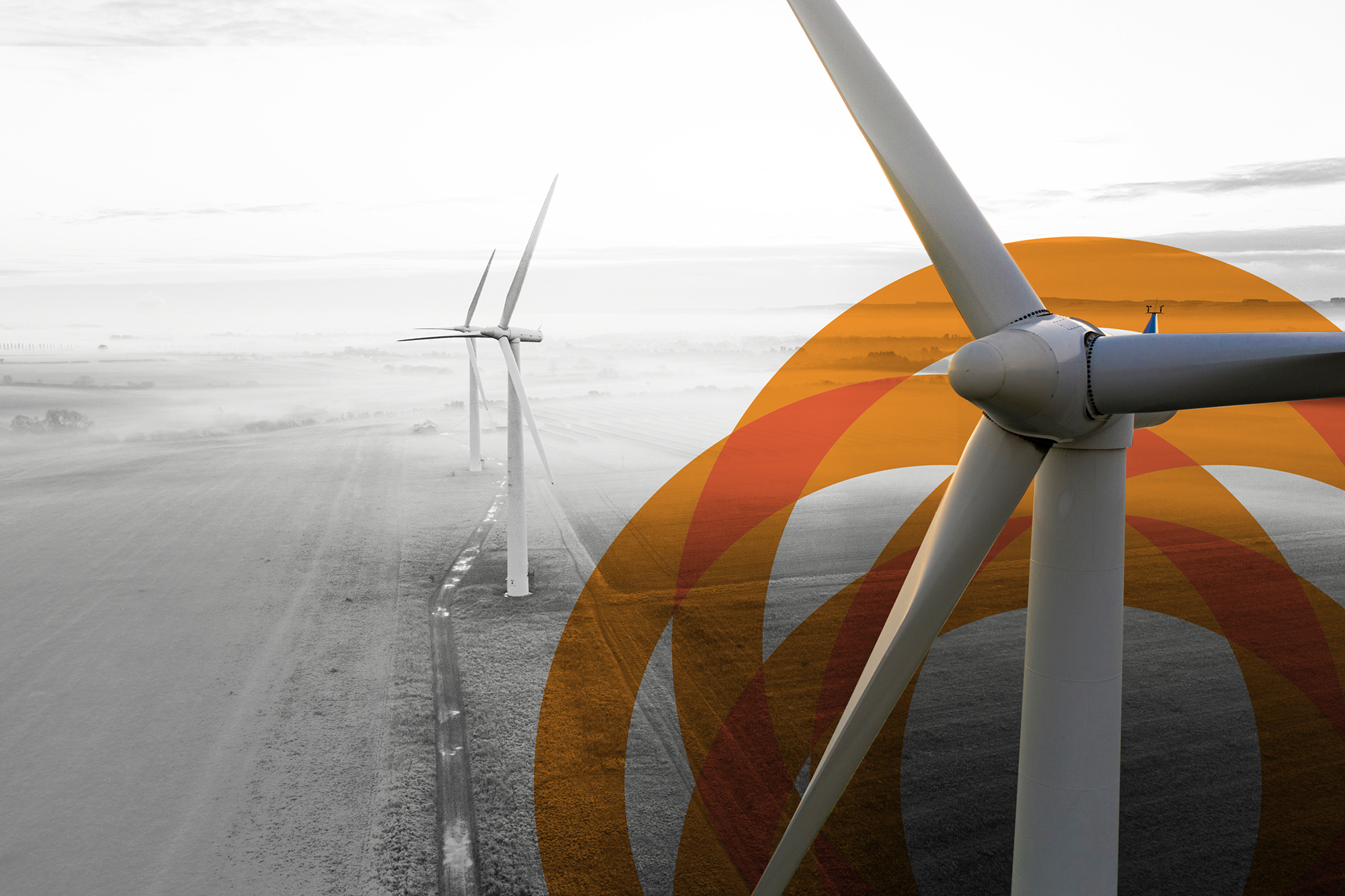Published on 06 July 2023
Renewable Energy Market Update 2023
Published on 06 July 2023
The insurance market for Offshore Wind Farm (OWF) development and operational risks is maturing rapidly now that the pace and scale of developments across the world has accelerated.
The early phases of project development provided the insurance industry with an abundance of learning that was both challenging and, in many cases, costly. In some cases, loss ratios for project risks significantly exceeded premiums paid across the book, and the causes of claims resulted in market-wide adoption of coverage, policy limit / claim size, and limits for future projects covered.
Whether experienced Onshore Renewable and Marine Works sector carriers or new entrants transitioning from a previous hydrocarbon emphasis, all markets involved in the sector have had to adapt their approach from those adjacent or associated sectors to their team strength and skills, price and risk modelling, Nat Cat and other reinsurance, as well as their expectations of outcomes and definition of success.
Furthermore, those adjacent or associated sectors had much to offer the Offshore Wind insurance community but all had to evolve, with many still going through various stages of necessary change and upskilling, in order to be able to build a credible and long term capacity offer to developers and operators of offshore wind energy production and transmission risks.
Simultaneously, the industry has continued to substantially advance with the Project Design Envelope (PDE), known from shallow water fixed bottom types to deeper water floating designs, while continuously increasing the size, power, and complexity of Wind Turbine Generation Systems and Power Cables.
Appetite of the lead carriers varies between established fixed bottom and emerging floating technology, as well as the separate transmission (OFTO) risks unique to the UK.
The primary driver of insurer appetite and hence capacity offerings on attractive or at least acceptable conditions that a quorum of markets can agree on is high quality:
- Risk Profile (correct engineering, robust proven design, experienced developers & contractors)
- Presentation by the client
- Communication from the Client
The majority of markets are hesitant to provide their capacity to insure floating technologies and other Pilot/Demonstrator projects, believing that their stakeholders and management do not plan to give adequate Research and Development finance guarantee to the industry.
As of Spring 2023 there are some 10-12 leading markets in the sector and circa 38 others providing following capacity where their appetite matches the placement offers being made.
The market has a total capacity of around USD1bn from the major players for CAR Cover on Offshore Developments of Fixed Bottom WTGs and Offshore Sub Stations (OSS) and Radial Export Cable Systems, with a potential additional USD0.75 to USD1bn of following capacity. All of this capacity is, however, dependent on quality and encompasses no exposure to Natural Catastrophe or regional geopolitical risks. Capacity available for the Operational phase including UK OFTOs is about 50% higher.

Duncan Gordon
Duncan joined Alesco at the beginning of 2018, after seven years specialising in construction and operational insurances within the offshore and onshore renewable energy sectors.
He has direct experience of project finance transactions and ensuring that all insurance conditions precedent to financial close are satisfied. The key elements of this service delivery are efficient communication and the ability to coordinate amongst both the international and local placement teams.
Duncan has wide-ranging experience of renewable energy projects throughout the lifecycle and is a skilled practitioner in providing insurance solutions for large and complex assets and portfolios globally. He currently provides guidance and insurance solutions to clients in North America, the Middle East, Europe, Latin America, Australia and the UK.


